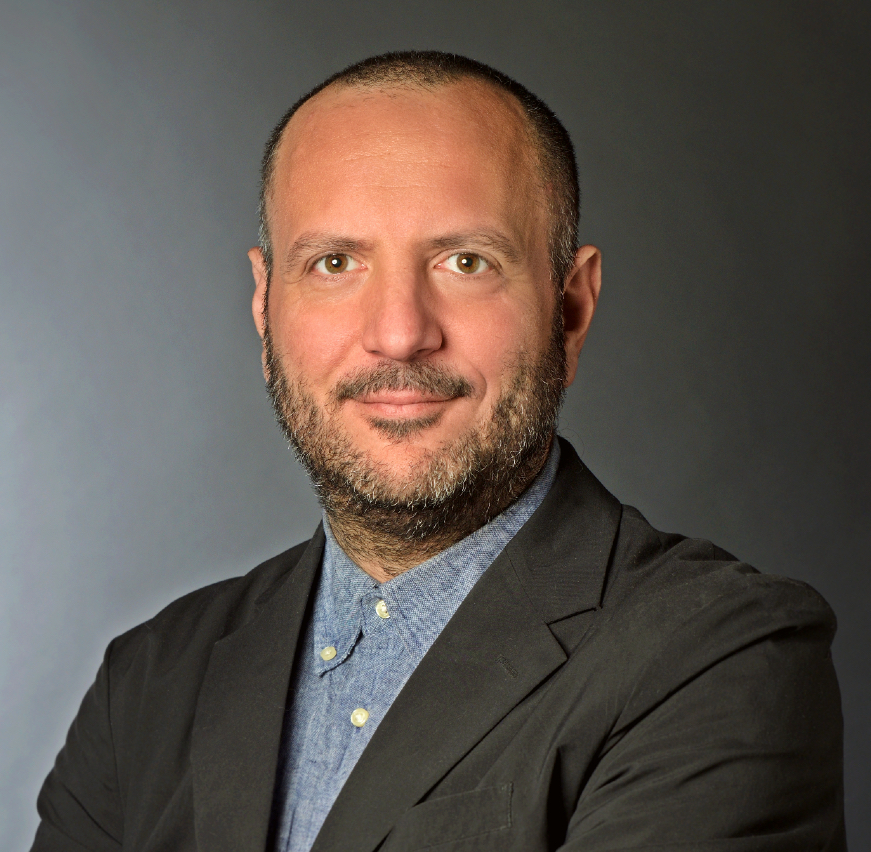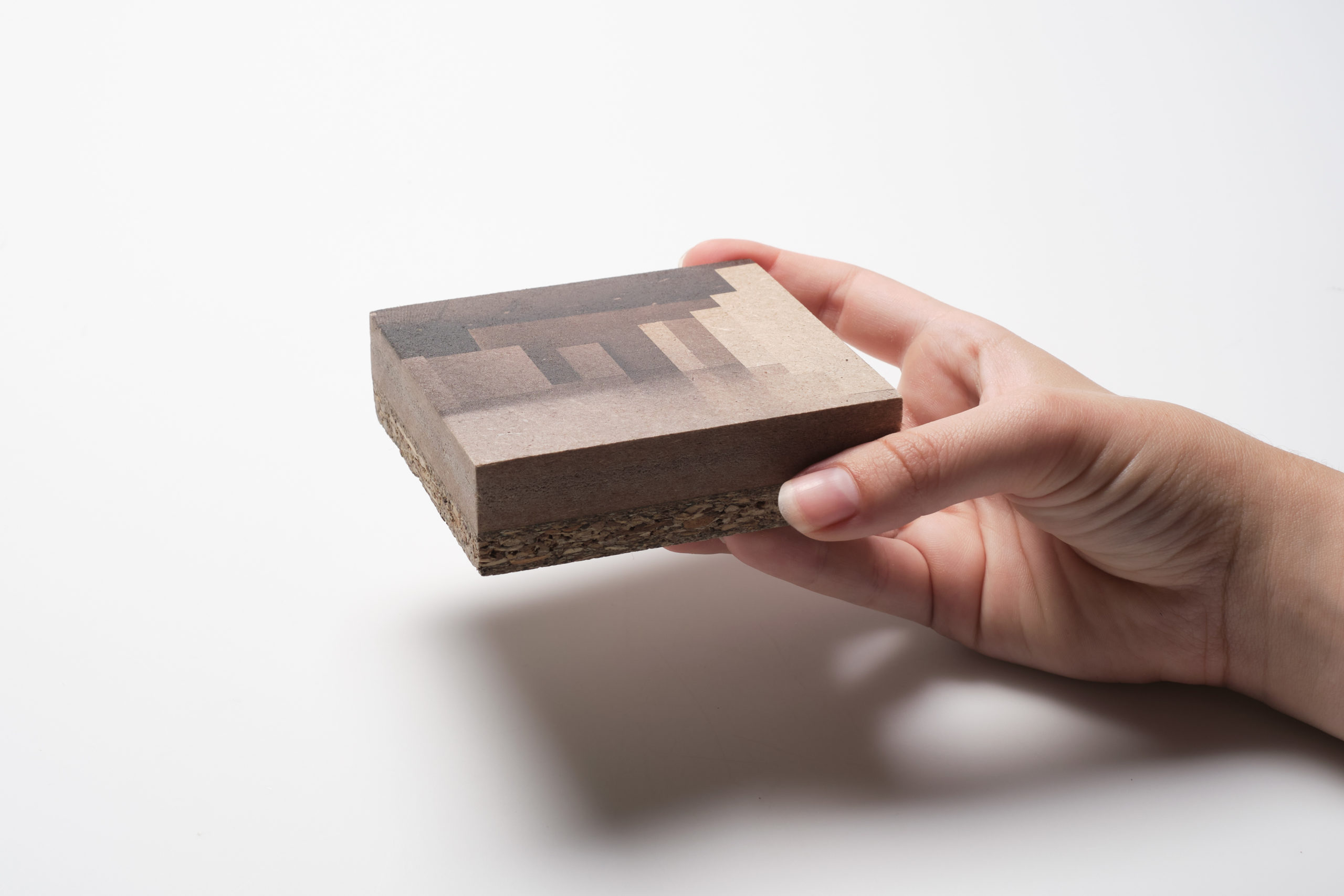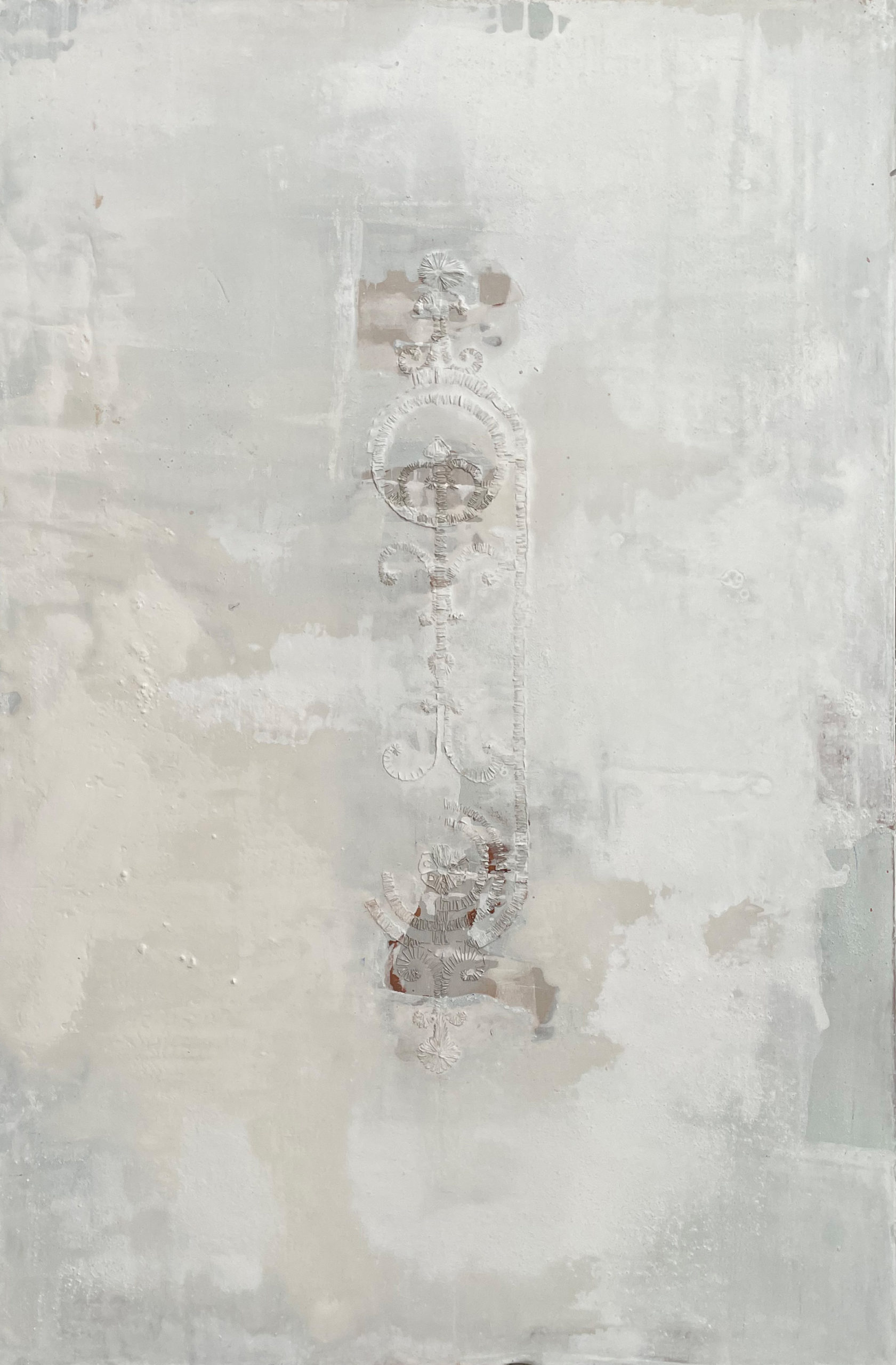Région Sud Art Prize Showroom 2024
Since its beginnings, Art-o-rama has been committed to participating in the professionalization of young artists and allows them to encounter different actors of the art world – curators, gallery owners, critics, collectors…
Each year with the Région Sud Prize funded by Région Sud Provence-Alpes-Côte d’Azur, Art-o-rama offers visibility to the young creation from Art Schools of the Région Sud, Provence-Alpes-Côte d’Azur. The Région Sud Art Prize is aimed at artists who have graduated within the last 5 years from one of the art schools of Région Sud.
The Showroom section highlights the work of 4 artists selected by a curator. The curator accompanies them in the presentation of their work, produces a critical text and introduces the artists to the gallery owners and publishers participating in the fair. They will then choose the Région Sud Prize laureate of the year.
The following year, this artist will benefit from an exhibition space in the main section of Art-o-rama following a two-months residency within the Moly-Sabata / Albert Gleizes Foundation. The artist will be the recipient of a 2000€ production grant and a catalog will be published. Since 2021, the Show-room artists benefit from a new residency program created by a regional network of art centers and venues from the Région. The 3 other artists will then each partake in one of the following residencies: Centre d’Arts Plastiques Fernand Léger de Port-de-Bouc, Centre d’Art Contemporain de Châteauvert et Voyons-Voir, art contemporain & territoire.
The Région Sud Prize often stands as a first experience for artists in a commercial environment of international scope and allows the galleries participating in Art-o-rama to discover artists who were formed in our region. It is a real platform of professionalization putting forward their work to a large public, as much amateur as professional. It is an opportunity for meetings, often sales and first collaborations with galleries.
Francesco Tenaglia – 2024 curator
Francesco Tenaglia is an educator in criticism and art theory at Bauer and the Nuova Accademia delle Belle Arti (NABA) in Milan. He is an independent curator and co-founder and artistic director at the exhibition space, Sgomento Zurigo, based in Zurich. His writings have been featured in various publications, including Flash Art, Frieze, ArtReview, Mousse (where he served as editor-in-chief), and Spike (where he holds the position of contributing editor).
Artists selected for Art-o-rama 2024
Théo Combaluzier
At the intersection of vernacular architecture and contemporary sculpture, Théo Combaluzier’s work emerges from a study of the relationship between resilience and change in domestic and urban spaces of French small cities. His approach resonates with ideas similar to those of Amos Rapoport: like the Warsaw-born architect and anthropologist, Combaluzier recognizes that traditional building forms are not merely products of climate and materials, but also shape and are shaped by social structures and cultural values. This perspective aligns with Rapoport’s seminal work “House Form and Culture” (1969), which explores the complex interplay between built environments and societal norms. For the Prix Région Sud, Combaluzier unveils new sculptures that further his artistic exploration. Each piece is a hybrid form of domestic space, conceptually deconstructed and reformed. Drawing inspiration from exploded sectional views of construction materials, he has created what he calls “portraits of space” – three-dimensional texture studies that reveal the narrative potential of often overlooked architectural elements. These installations not only reimagine architecture but also encapsulate memories and histories, serving as tangible links between past and present. Born in 1999 in Privas, Ardèche, Combaluzier’s deep connection to his native region permeates his practice. After completing his studies at Villa Arson (Nice) in 2023, he returned to Ardèche, where the local vernacular architecture continues to fuel his practice. Combaluzier’s technique combines mimesis, accumulation, and improvisation. His sculptures engage with marginal or inconspicuous elements of the built environment, transforming the mundane into enigmatic installations that invite reflection on the collective and the personal. Recently, a sentence from the photobook “A Way of Life: Notes on Ballenberg” has captivated him: “You look, but do you see?” This question encapsulates his desire to challenge viewers, encouraging a deeper engagement with the architectural stimuli that shape landscapes and carry cultural significance. Through his explorations of form and material, Combaluzier’s work relates to both minimalism and conceptualism, offering fresh perspectives on how we inhabit and perceive space. His practice is an ongoing investigation into the ways local traditions mold our understanding of place and community, inviting us to see the extraordinary in the everyday and recognize the layers of history embedded in our surroundings.
Noria Kaouadji
Noria Kaouadji (b. 1996, Strasbourg) is a visual artist working at the intersection of photography, installation, and conceptual art. Her practice, informed by studies at the École Nationale Supérieure d’Art et de Design in Nancy and the École Nationale Supérieure de la Photographie in Arles, explores the relationship between images and spaces in contemporary contexts. Kaouadji’s work often examines tensions between spaces and images, manifesting in diverse forms that investigate off-screen elements, abstraction, and materiality. She approaches exhibition spaces as extensions of photographic experience, integrating various media and spatial interventions in her presentations. A significant influence on Kaouadji’s recent work comes from her experiences at a prehistoric archaeological site. This has led her to incorporate concepts from stratigraphy into her artistic process, using the idea of layered excavation as a metaphor for visual and temporal perception. Her work often plays with ideas of depth, both physical and conceptual, in relation to image-making and spatial arrangement. In her photographic works, Kaouadji frequently explores the space between abstraction and figuration, documentation and mise-en-scène. Her preference for matte, textured papers emphasizes the physical qualities of the photographic object, encouraging consideration of the image as a material presence. Kaouadji’s practice also involves the representation of found objects and fragments removed from traditional contextual frameworks, in ways that open up possibilities for multiple interpretations. Text is another crucial element in Kaouadji’s work, often integrated into her installations. These textual components serve navigational purposes within the exhibition space, contributing to the overall experience of the environments she conceives. Kaouadji’s artistic investigations extend to editorial projects, where she further extends her practice.
Currently based in Marseille, Noria Kaouadji continues to develop her practice, exploring new ways to engage with photographic, textual and spatial ideas. Her work encourages close attention to the overlooked aspects of our visual and spatial environments, offering perspectives on the layered nature of contemporary experience.
Noria Kaouadji, born in 1996, lives and works in Marseille.
Cassandra Naigre
Extracting patterns from abandoned facades in the Caribbean, Cassandra Naigre transforms architectural ghosts into vibrant, multidimensional artworks. Their practice, a ritualistic dance between past and present, weaves together painting, sculpture, and writing to explore the complex interplay between geographies and identities. Born in 1996 in Montreuil, Naigre’s journey led them from the École Boulle in Paris, where they studied Environmental Architectural Construction, to the École des Beaux-Arts de Marseille. A pivotal exchange at the Hungarian University of Fine Arts, focusing on restoration and conservation, profoundly influenced their approach to materiality and preservation. Central to Naigre’s work is the exploration of insular spaces, both literal and metaphorical. Their “Island Latencies” series exemplifies this preoccupation with Caribbean architecture and ecology. Using a unique charcoal rubbing method, Naigre captures patterns from abandoned houses in Marie-Galante, Fort-de-France, and Pointe-à-Pitre, reproducing them on canvas of the same scale. These works, combining painting, embroidery, and mixed media, present fragments of island facades and “openings to lost paradises,” addressing themes of water scarcity and environmental change. Naigre’s artistic process is a sensory immersion. After each embroidery session, they apply a layer of diluted paint, their movements guided by the rhythms of gwoka songs, particularly the padjanbèl rhythm of “Pa té la mwen rivé.” This auditory inspiration is complemented by a literary ritual; before starting their work, Naigre reads an extract from Daniel Maximin’s “Soufrières,” setting the mood for their creative journey. Their practice extends beyond visual art into writing. “The Silence of Berthonine” (2023), an artist’s book handmade on paper and fabrics glued to building facades in Chazeau, Guadeloupe, exemplifies Naigre’s holistic approach to art-making. This site-specific intervention blends personal narrative with the physical landscape, creating what Naigre describes as “fiction-zones and deterritorialized forms.” Naigre’s work has garnered attention, with exhibitions at the Contemporary Art Center of Briançon (2022) and the Biennale of Mulhouse for young artists (2023). Their artistic evolution continues with support from les Ateliers Médicis for a three-month residency in Martinique, where will develop projects presented in the occasion of ART-O-RAMA.
Marie Perraud
What happens when the digital world collides with tactile reality? Marie Perraud’s art provides a sensory exploration of this intersection, creating immersive environments that bombard the viewer’s senses. Her practice, which she playfully terms “domestic materiology,” is a playground where utopian ideals intersect with childlike reminiscences and synesthesia. Born in 1997 in Tarare, Perraud’s artistic journey began at Jean Monnet University in Saint-Etienne, where she obtained her bachelor’s degree in Plastic Arts in 2018. Her education culminated at the École des Beaux-Arts de Marseille, earning her DNA in 2020 and her DNSEP with honors in 2022. Now based in Marseille, Perraud conjures up installations that feel like stepping into a sci-fi dollhouse. Perraud’s work is a technicolor tornado of contemporary digital culture and consumerism. She draws inspiration from the candy-colored world of social media aesthetics, the whispered intimacy of ASMR videos, and the sensory overload of modern life. Her installations are a tactile feast, featuring a smorgasbord of materials – from plaster and resin to makeup and food items – creating experiences that are simultaneously alluring and slightly unsettling. In her recent works, Perraud dives headfirst into the world of “parasocial relationships,” empathy, and overstimulation. She crafts what she calls “open intimacy spaces,” inviting viewers to engage with objects and environments that evoke both comfort and confusion. It’s like stumbling into a room where social media influencer’s feed has come to life. Perraud’s art plays with the concept of “emotional duality,” creating a seesaw between physical and mental experiences. One moment, you’re surrounded by “girly consumerism maximalism,” all glitter and bubblegum dreams. The next, you’re plunged into moments of introspection and melancholy, as if you’ve stumbled upon the secret diary hidden beneath all that sparkle. Her upcoming presentation in Marseille promises to be a rollercoaster ride through these themes. Drawing on concepts like “happy sad irony,” “desire playground,” and “sexy fetish+shy erotism,” Perraud’s work has appeared in group shows like “Sur pierres brûlantes” at La Friche Belle de Mai in Marseille (2020), “100% L’EXPO” at La Villette in Paris (2023), and “ECTOPLASMES” during Provence Art Contemporain at Jeanne Barret in Marseille (2023).







